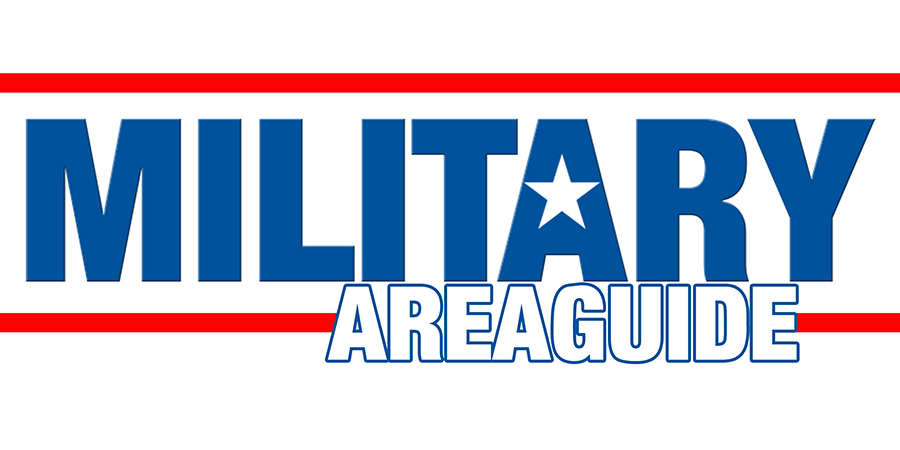McDonald's gave up on winning the 2 biggest battles in fast food — and business is exploding

McDonald's has changed its priorities — and it's paying off for the fast-food chain.
Advertisement

For a long time, the end-all, be-all in the fast-food industry was a race to the bottom on value and speed. If menu items got too pricey, customers stopped showing up. Same for speed — there's a reason it's called fast food.
And, no one embodied the fast-food identity more than McDonald's. The chain in many ways invented the idea of speedy, assembly-line meals. One of the chain's most well-known creations remains the Dollar Menu, which was killed in 2014.
However, after years of struggling, McDonald's is making a comeback by de-emphasizing these central fast-food tenets in favor of investing in quality, redesigns, and technology
"One of the things that we have said to our franchisees in the US is we don't have to win on value, but we can't lose on value," McDonald's US president Chris Kempczinski said in a call with investors on Tuesday.
Value is still crucial. Kempczinski said that after the Dollar Menu was retired, McDonald's failed to be as competitive as it needed to be on prices. It has since righted itself with the McPick 2 and beverage deals, and it plans to roll out a new value menu with items priced at $1, $2, and $3 in early 2018.
Still, the fact that the company's game plan isn't to win, but merely not to lose, is pretty remarkable. McDonald's is no longer the home of the Dollar Menu — it's home of the $1, $2, and $3 menu.
Speed has also been de-emphasized.
With the "experience of tomorrow" redesign — which includes adding ordering kiosks and table service to locations — it's taking workers longer to deliver orders. According to executives, the redesigned locations take about five seconds longer on each order.
"Certainly as the crew in restaurants get more experience in whatever the initiative is, we expect to claw most, if not all, of that back over time," Kempczinski said. "When you look at the Experience of the Future ... you start introducing all sorts of new ways for the customer to interact with the brand."
Basically, executives believe that not everyone who visits McDonald's wants speedy service.
"We want to be providing faster service for those customers that really want fast service," CEO Steve Easterbrook said. "At the same time, not everyone wants to be rushed, and, therefore, we're providing more alternatives."
Again, this is a counterintuitive move. McDonald's isn't completely giving up on speed, but executives are actively devaluing its importance. And, it's working.
On Tuesday, the fast-food chain reported that sales at stores in the US open for at least one year rose 4.1%. Analysts had forecast 3.4% growth.
This is the third quarter in a row that McDonald's US comparable sales have grown, and the ninth quarter of global comparable sales growth for the chain. Over the last two years, same-store sales have increased 5.4% in the US, according to UBS.
"We're building a better McDonald's and winning back customers with great tasting food, compelling value, and an enhanced experience," Easterbrook said on Tuesday.
McDonald's executives have aggressively pushed the idea that it is an evolving chain. Now, the company is betting its future on evolving beyond aspects of the fast-food industry that have restricted it.











